L-Cystine
Synonym(s):Cys;L-Cystine;L-Cystine - CAS 56-89-3 - Calbiochem;Nephrin;NPHN
- CAS NO.:56-89-3
- Empirical Formula: C6H12N2O4S2
- Molecular Weight: 240.3
- MDL number: MFCD00064228
- EINECS: 200-296-3
- SAFETY DATA SHEET (SDS)
- Update Date: 2024-06-13 08:59:54
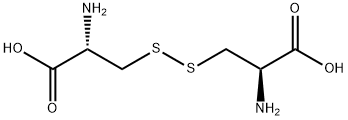
What is L-Cystine?
The Uses of L-Cystine
L-Cystine is a non-essential amino acid for human development. L-Cystine is formed by the dimerization of two cysteines through the sulfur.
Background
A covalently linked dimeric nonessential amino acid formed by the oxidation of cysteine. Two molecules of cysteine are joined together by a disulfide bridge to form cystine.
Indications
It has been claimed that L-cysteine has anti-inflammatory properties, that it can protect against various toxins, and that it might be helpful in osteoarthritis and rheumatoid arthritis. More research will have to be done before L-cysteine can be indicated for any of these conditions. Research to date has mostly been in animal models.
Physiological effects
L-Cystine is an amino acid and intracellular thiol, which plays a critical role in the regulation of cellular processes.
Health benefits
As a natural amino acid, L-cystine has the ability to eliminate free radicals that cause skin aging, and at the same time push out the dark pigmentation on the skin. Besides, L-cystine also helps to eliminate the old stratum corneum on the skin and regenerate new skin quickly.
Side Effects
L-cystine can cause some unwanted side effects on the digestive system such as diarrhea, nausea, vomiting or acne in the early stages of taking the drug.
Toxicity
With typical doses of 1 to 1.5 grams daily, the most commonly reported side effects have been gastrointestinal, such as nausea. There are rare reports of cystine renal stone formation, Single injections of L-cysteine (0.6-1.5 g/kg) into 4-day-old pups resulted in massive damage to cortical neurons, permanent retinal dystrophy, atrophy of the brain and hyperactivity.
Pharmacokinetics
L-Cystine is a covalently linked dimeric nonessential amino acid formed by the oxidation of cysteine. Two molecules of cysteine are joined together by a disulfide bridge to form cystine. Cystine is a chemical substance which naturally occurs as a deposit in the urine, and can form a calculus (hard mineral formation) when deposited in the kidney. The compound produced when two cysteine molecules linked by a disulfide (S-S) bond. Cystine is required for proper vitamin B6 utilization and is also helpful in the healing of burns and wounds, breaking down mucus deposits in illnesses such as bronchitis as well as cystic fibrosis. Cysteine also assists in the supply of insulin to the pancreas, which is needed for the assimilation of sugars and starches. It increases the level of glutathione in the lungs, liver, kidneys and bone marrow, and this may have an anti-aging effect on the body by reducing age-spots etc.
Properties of L-Cystine
| Melting point: | >240 °C (dec.) (lit.) |
| Boiling point: | 468.2±45.0 °C(Predicted) |
| Density | 1.68 |
| storage temp. | 2-8°C |
| solubility | 1 M HCl: 100 mg/mL |
| form | Powder/Solid |
| color | White |
| Water Solubility | 0.112 g/L (25 ºC) |
Safety information for L-Cystine
| Signal word | Warning |
| Pictogram(s) |
 Exclamation Mark Irritant GHS07 |
| GHS Hazard Statements |
H315:Skin corrosion/irritation H319:Serious eye damage/eye irritation H335:Specific target organ toxicity, single exposure;Respiratory tract irritation |
| Precautionary Statement Codes |
P261:Avoid breathing dust/fume/gas/mist/vapours/spray. P271:Use only outdoors or in a well-ventilated area. P280:Wear protective gloves/protective clothing/eye protection/face protection. |
Computed Descriptors for L-Cystine
| InChIKey | LEVWYRKDKASIDU-IMJSIDKUSA-N |
Abamectin manufacturer
Vardhaman P Golechha
JSK Chemicals
New Products
3-N-BOC-(S)-AMINO BUTYRONITRILE 4-Piperidinopiperidine N-Benzyl-3-hydroxypiperidine 2-Methyl-4-nitrobenzoic acid 2-(4-bromophenyl)-2-methylpropanoic acid 4-Acetyl-2-methylbenzoicacid Acetyl-meldrum's acid Ethyl-4-Pyrazole carboxylate 2,6-Pyridinedimethanol 5,7-Dichloro-3H-Imidazo[4,5-B]Pyridine 5-Bromo-2-Methoxy-4-Methyl-3-Nitropyridine 2-Fluoro-5-Iodopyridine 2-Fluoro-5-Methylpyridine 2-Chloro-3-Bromo-5-Amiopyridine METHYL-4-(BUTYRYLAMINO)3-METHYL-5-NITROBENZOATE TRANS-CYCLOBUTANE-1,2- DICARBOXYLIC ACID 5-Nitro indazole R-(-)-5-(2-AMINO-PROPYL)-2-METHOXY-BENZENESULFONAMIDE 1,3-cyclohexanedione 4-Aminophenaethylalchol (S)-(+)-4-BENZYL-2-OXAZOLIDINONE 3-NITRO-5-ACETYL IMINODIBENZYL 4-FLUORO PHENYL MAGNESIUM BROMIDE 1.0 M IN THF 1-HYDROXY-4-METHYL6-(2,4,4-TRI METHYL PHENYL)-2-PYRIDONE MONO ETHANOL AMINE(PIROCTONE OLAMINE)Related products of tetrahydrofuran
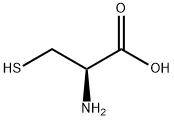

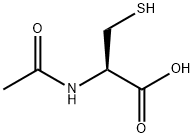

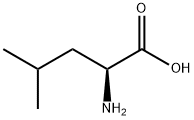
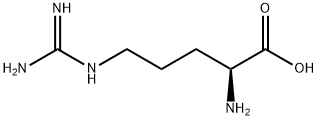

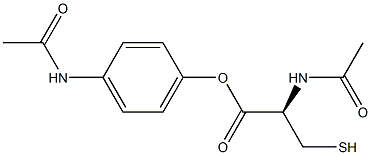
You may like
-
 56-89-3 L-Cystine 98%View Details
56-89-3 L-Cystine 98%View Details
56-89-3 -
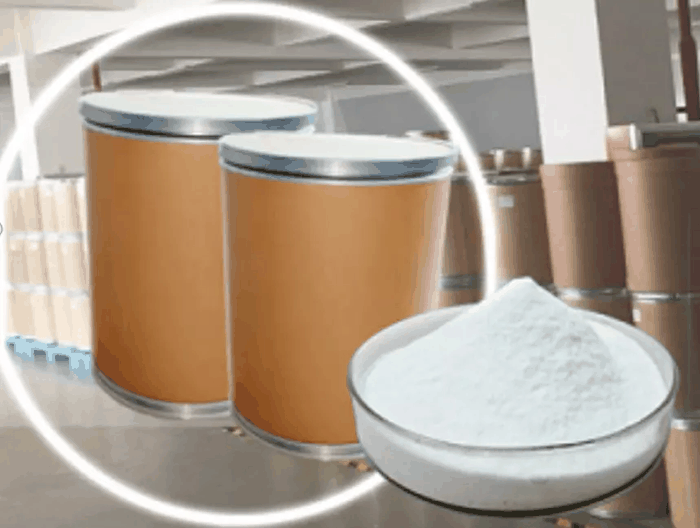 56-89-3 98%View Details
56-89-3 98%View Details
56-89-3 -
 Cystine 99%View Details
Cystine 99%View Details
56-89-3 -
 L-Cystine 56-89-3 99%View Details
L-Cystine 56-89-3 99%View Details
56-89-3 -
 56-89-3 L-Cystine 98%View Details
56-89-3 L-Cystine 98%View Details
56-89-3 -
 56-89-3 98%View Details
56-89-3 98%View Details
56-89-3 -
 Ammonium HexachloropalladateView Details
Ammonium HexachloropalladateView Details
19168-23-1 -
 50-00-0 Formalin; Methanal 0.99View Details
50-00-0 Formalin; Methanal 0.99View Details
50-00-0